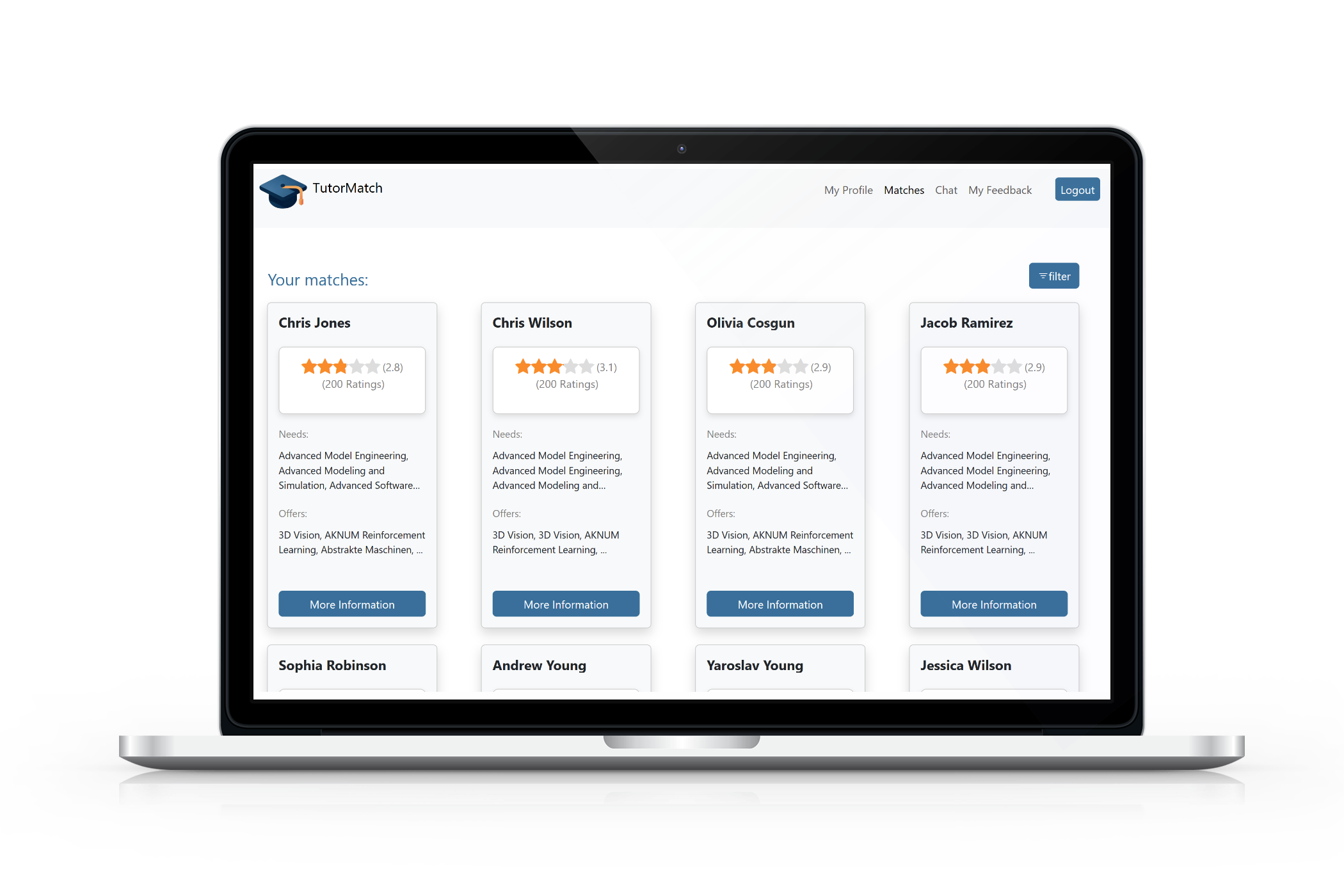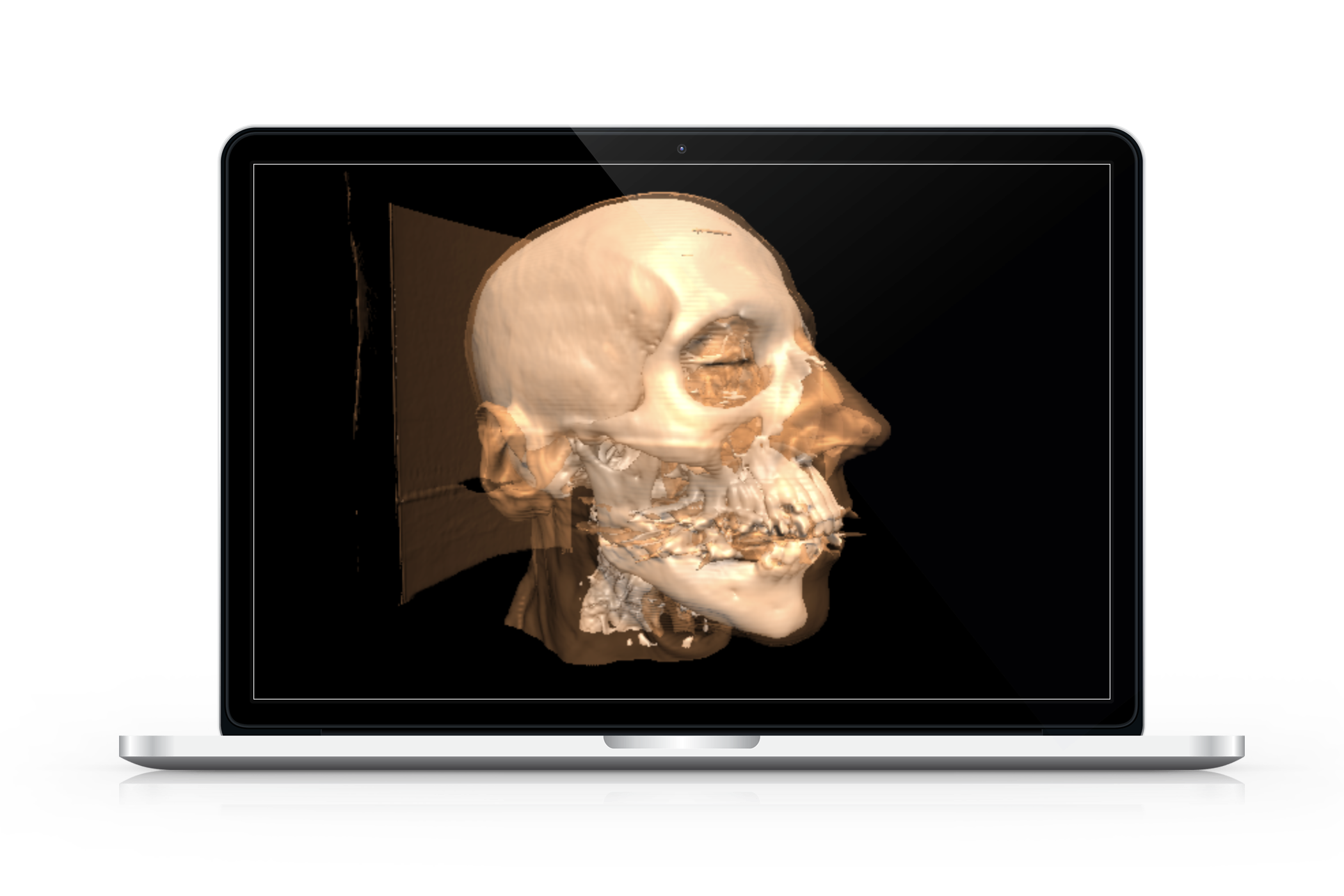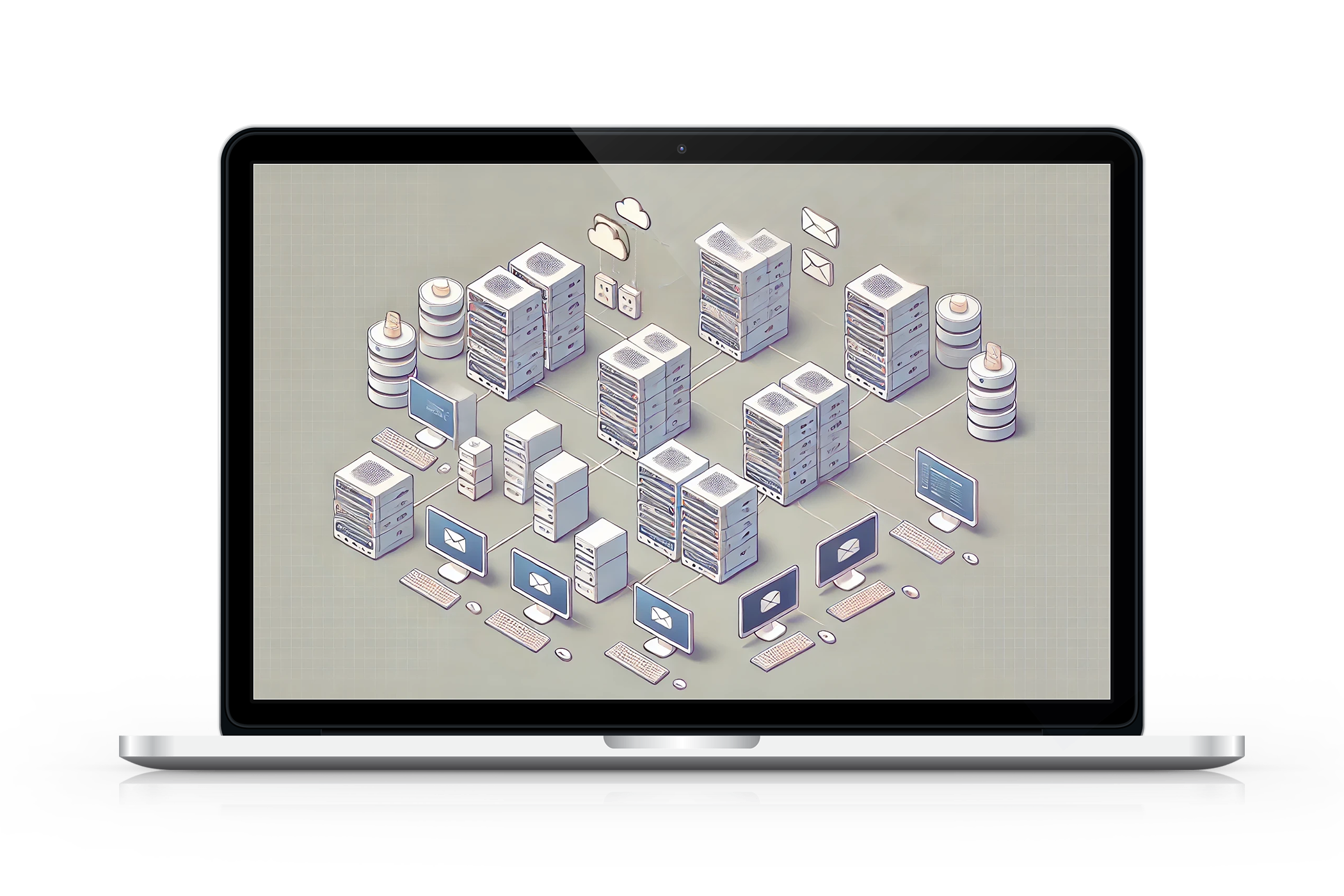Get to know me!
Welcome to my portfolio! I'm a 22-year-old Computer Science student at TU Wien with a deep interest in software development and problem-solving. Over the years, I've worked on various projects, ranging from university coursework to personal and professional endeavors. Through my studies and hands-on work experience, I’ve had the chance to develop my skills, tackle real-world challenges, and continuously expand my knowledge. This website showcases a selection of my projects—take a look around and see what I’ve been working on!
I'm open to collaboration and new challenges. Thank you for visiting!. Feel free to contact me here.








